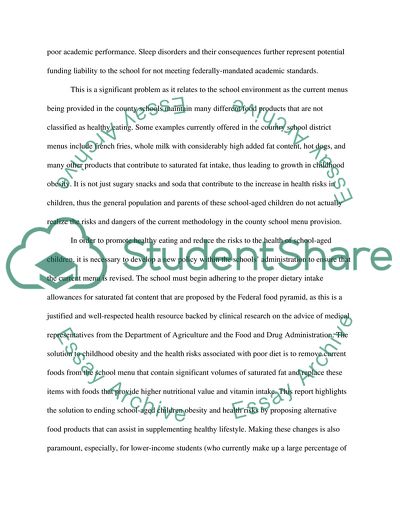Cite this document
(Implementing Healthier School Menus Research Paper, n.d.)
Implementing Healthier School Menus Research Paper. Retrieved from https://studentshare.org/health-sciences-medicine/1780031-implementing-healthier-school-menus
Implementing Healthier School Menus Research Paper. Retrieved from https://studentshare.org/health-sciences-medicine/1780031-implementing-healthier-school-menus
(Implementing Healthier School Menus Research Paper)
Implementing Healthier School Menus Research Paper. https://studentshare.org/health-sciences-medicine/1780031-implementing-healthier-school-menus.
Implementing Healthier School Menus Research Paper. https://studentshare.org/health-sciences-medicine/1780031-implementing-healthier-school-menus.
“Implementing Healthier School Menus Research Paper”, n.d. https://studentshare.org/health-sciences-medicine/1780031-implementing-healthier-school-menus.


